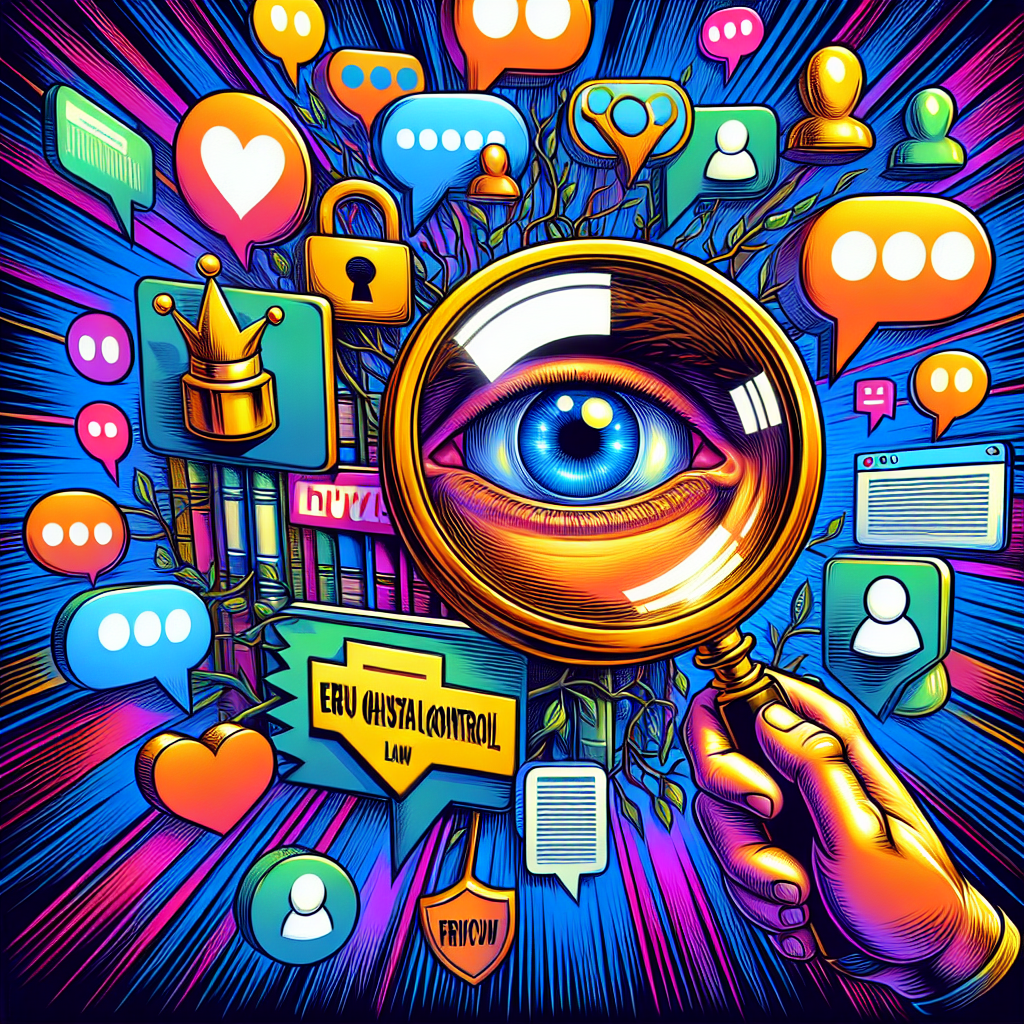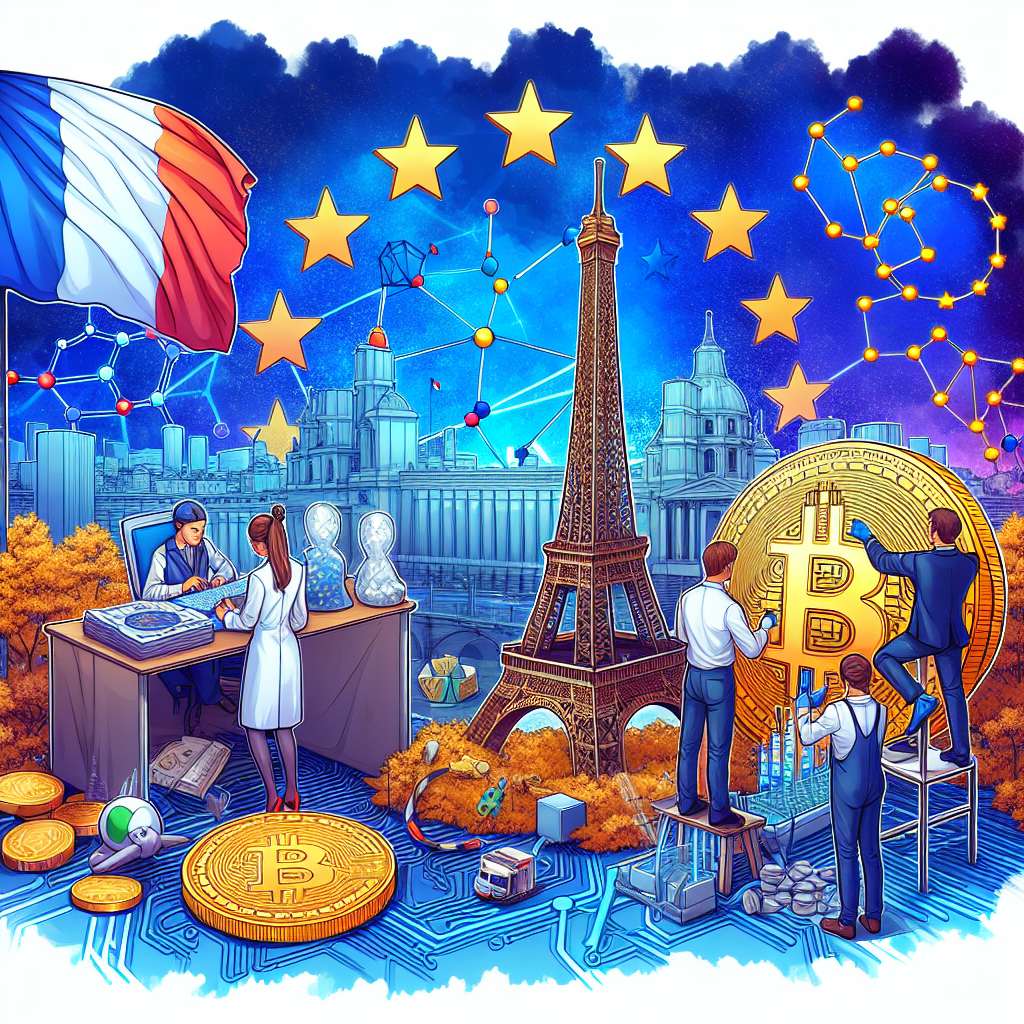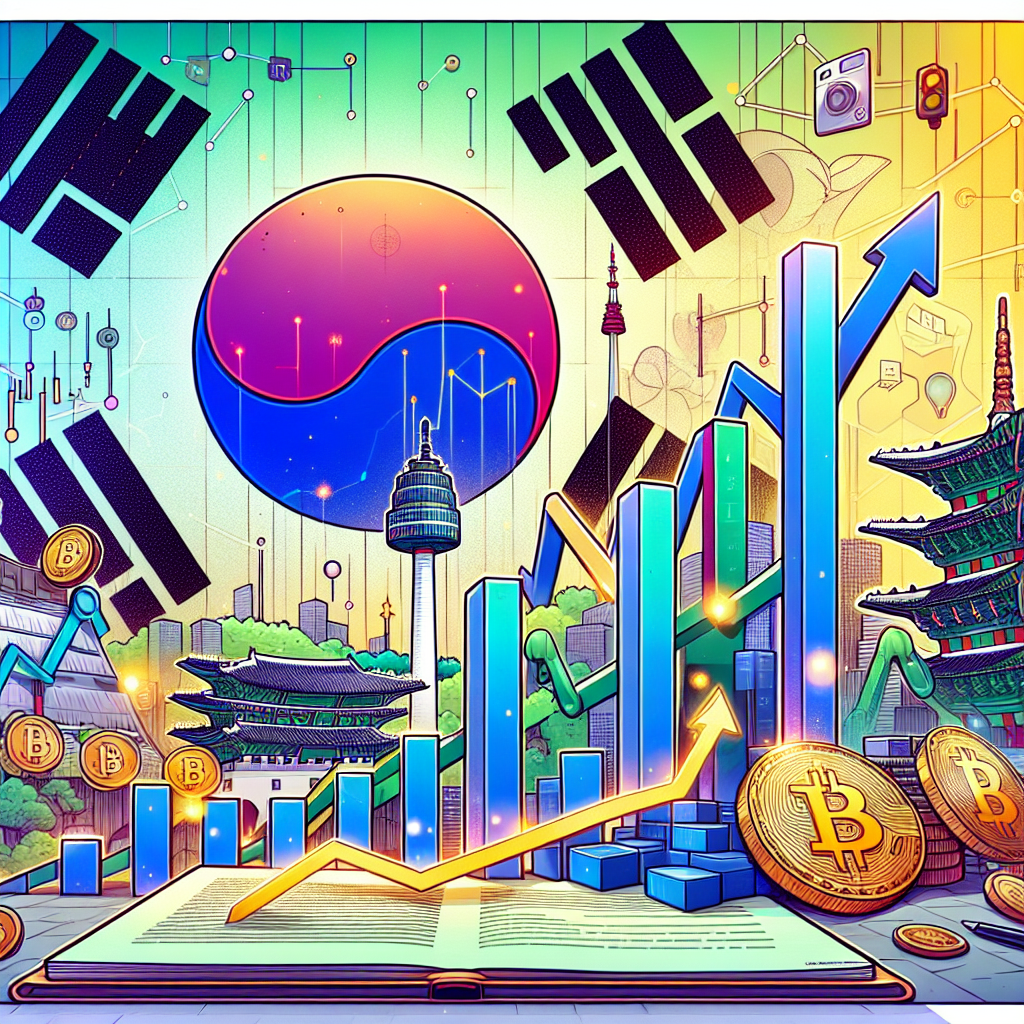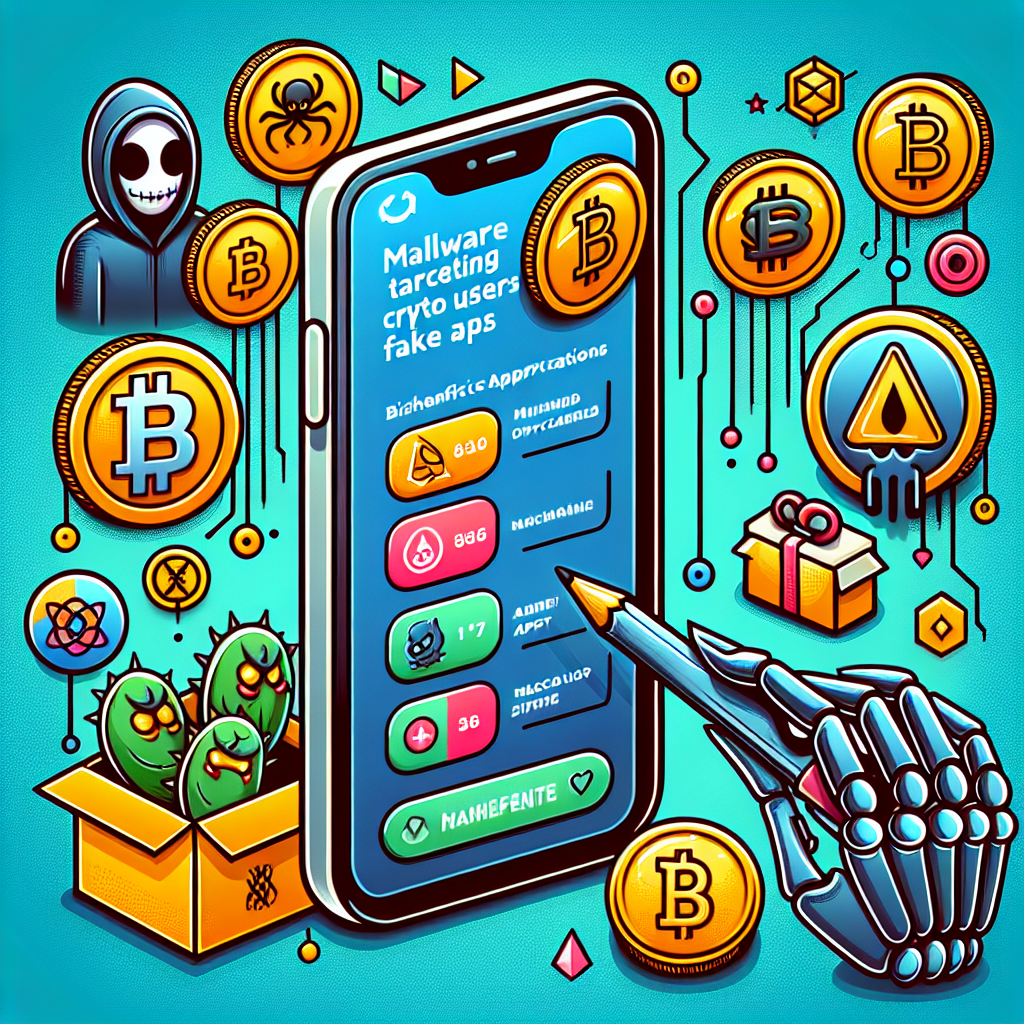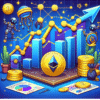The global financial landscape is transforming with Australia's wholesale CBDC, DBS's crypto options, Circle's USDC in Latin America, and Qatar's Digital Assets Lab. Explore the future of digital finance.
5 min read
In a series of developments, central banks, financial institutions, and digital asset labs worldwide are advancing their efforts in adopting and integrating blockchain technology and digital currencies. From Australia’s focus on wholesale central bank digital currency (CBDC) to Qatar’s activation of its Digital Assets Lab, these shifts demonstrate how global financial systems are positioning themselves for a digital future.
Australia’s Central Bank Prioritizes Wholesale CBDC Over Retail
Australia’s Reserve Bank (RBA) has made a strategic decision to focus on wholesale CBDCs, abandoning plans for a retail CBDC. During a speech at the Intersekt Fintech Conference in Melbourne, RBA Assistant Governor Brad Jones presented a three-year plan, emphasizing that a retail CBDC offers limited innovation for the public. Instead, the bank is concentrating on developing a wholesale CBDC, which promises to bring substantial benefits to commercial banks and improve the financial system.
Jones noted that the retail CBDC could bring challenges, such as increased borrowing costs and a higher risk of bank runs, making it less appealing for Australia’s economic landscape. Meanwhile, a wholesale CBDC offers benefits like reducing counterparty risks, enhancing liquidity, and improving transparency. The RBA’s new direction is part of Project Acacia, a plan designed to explore tokenized commercial bank deposits and cross-border applications. This project also includes research into the use of blockchain technology and smart contracts, which will potentially transform Australia’s financial system.
Related: Goldman Sachs Backed Circle to Spin Out Crypto Trading Platform, Reports Indicate
DBS Bank Expands Institutional Offerings with Crypto Options
Singapore’s DBS Bank is set to offer over-the-counter (OTC) crypto options and structured notes linked to Bitcoin and Ethereum, the two largest cryptocurrencies by market capitalization. Starting in the fourth quarter of 2024, DBS will allow institutional clients to invest in these digital assets. The bank’s move underscores the growing trend of professional investors diversifying their portfolios with digital currencies.
DBS is offering financial instruments that help clients manage the volatility of cryptocurrencies. For example, clients can hedge against price fluctuations by purchasing put options, which allow them to sell Bitcoin or Ethereum at a pre-set price, regardless of market conditions. Jacky Tai, DBS’s group head of trading and structuring, highlighted that professional investors are increasingly allocating more resources to digital assets. The bank aims to give these investors trusted, institutional-grade access to digital assets while providing advanced strategies for managing crypto portfolios.
In line with its commitment to blockchain technology, DBS recently introduced DBS Treasury Tokens on an EVM-compatible blockchain, further incorporating Web3 infrastructure into its operations. The bank has also participated in pilots using blockchain to streamline the distribution of government grants, showing how blockchain-based solutions can enhance efficiency and governance.
Circle Expands USDC Integration into Brazil and Mexico
Related: DBS Bank Pilots Blockchain for Efficient Government Grants Distribution
Circle has taken significant steps to expand the reach of its USD-pegged stablecoin, USDC, by integrating it into the banking systems of Brazil and Mexico. Previously available only through crypto exchanges, USDC is now accessible directly through local financial institutions in both countries. This move is expected to improve corporate payment processes and expand the use of stablecoins in cross-border transactions, particularly in remittances and trade.
In Brazil, Circle has integrated USDC with PIX, a real-time payment system created by the Central Bank of Brazil, which is used by nearly 160 million people. In Mexico, the integration is done through SPEI, a system powered by Banco de México. This allows businesses to access USDC without the delays typically associated with international wire transfers, reducing the time for transactions from days to just minutes.
Latin America is becoming a key market for stablecoin use, particularly for remittances. In 2023, remittances from the United States to Mexico totaled $63 billion, accounting for up to 4% of Mexico’s economy. With over $800 billion in annual trade between Mexico and the United States, the use of USDC is expected to further streamline cross-border payments. Circle’s integration also targets Brazil’s foreign trade, where approximately 95% of transactions are conducted in U.S. dollars, facilitating a smoother financial ecosystem.
Qatar Activates Digital Assets Lab for Innovation in Blockchain Solutions
Qatar is positioning itself as a hub for digital innovation with the activation of its Digital Assets Lab under the Qatar Financial Centre (QFC). The lab, launched in September 2023, selected 24 participants from across the globe to develop cutting-edge digital solutions using distributed ledger technology (DLT). Among the participants are leading names like ALT Realtech, Bladelabs, and Polygon, all of whom are working to address industry-specific challenges and lead digital transformation in sectors like trade finance and asset tokenization.
Related: Australia Proposes Adoption of OECD Crypto-Asset Reporting Framework
Qatar’s Digital Assets Lab is designed to create a secure and transparent ecosystem for digital assets. It is supported by strategic partnerships with organizations like Google Cloud, Masraf Al Rayan, The Hashgraph Association, and R3. This initiative aims to develop innovative technologies that will strengthen Qatar’s financial sector, foster a wealth management hub, and position the country at the forefront of blockchain-based financial solutions.
The lab will focus on critical use cases such as real-world asset tokenization and carbon credit tokenization, which are expected to enhance Qatar’s digital infrastructure. As part of the QFC’s broader strategy, the lab is set to play a pivotal role in shaping the future of financial services in Qatar and beyond.
Conclusion: The Future of Global Finance Is Digital
From Australia’s wholesale CBDC to DBS’s crypto options and Circle’s USDC integrations in Latin America, the global financial landscape is rapidly evolving toward a more digitized and blockchain-integrated future. Qatar’s Digital Assets Lab further exemplifies this transformation, showcasing the global push for innovation in digital currencies and blockchain technology. As central banks, financial institutions, and innovative labs continue to explore the potential of digital assets, the future of finance looks increasingly digital, secure, and efficient.

